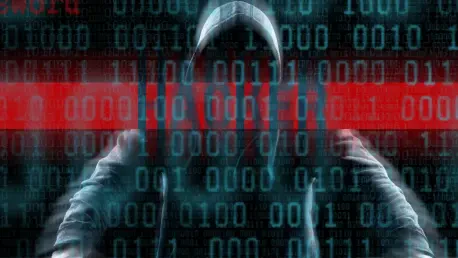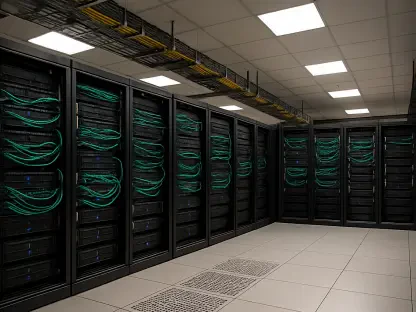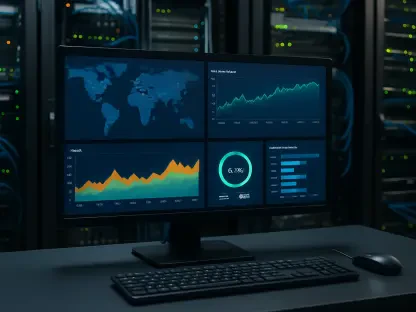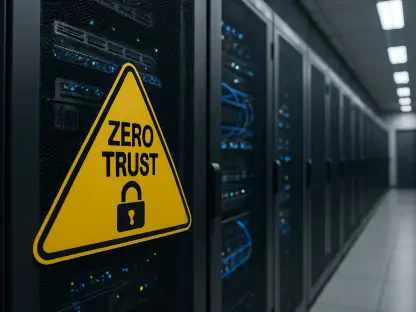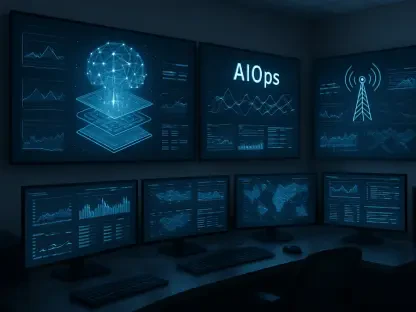In the rapidly evolving world of cybersecurity, Matilda Bailey has made a name for herself as an expert in networking technologies. Her insight into cellular, wireless, and next-generation solutions is invaluable at a time when breaches seem to become more prevalent. Today, we delve into a recent incident involving the Oxford City Council, which drew significant attention due to the breadth of data exposed. Join us as Matilda sheds light on the complexities of cyber incidents and how they can be managed.
Can you walk us through the timeline of the cybersecurity incident and how it was discovered?
The cybersecurity incident at Oxford City Council unfolded over the weekend of June 7 and 8, 2025. The attack was detected by the Council’s automated security systems, which immediately began taking measures to mitigate the threat. The systems successfully removed the presence of the attackers and limited their access, triggering further investigation by cybersecurity professionals to detail the scope of the breach.
What specific measures did your automated security systems take to minimize the impact of the attack?
Automated security systems act as both watchdogs and first responders when an incident occurs. In this case, they detected unauthorized access and swiftly kicked into action. They isolated the compromised segments of the network and blocked further intrusion by cutting off the pathways the attackers were using to potentially access the database. Additionally, the systems initiated protocols to preserve unaffected areas, reducing the risk of further data exposure.
You stated that attackers accessed historic data on legacy systems. Can you explain what these legacy systems are and why they still contained personal data?
Legacy systems often house substantial amounts of historic data, primarily because they are reliable platforms that continue to serve critical operational roles even as newer systems are implemented. These systems might contain personal data from elections administered between 2001 and 2022, as part of record-keeping and compliance with regulatory requirements. Over time, these systems become less compatible with current security measures, making them more vulnerable to breaches.
How did you identify that people who worked on elections between 2001 and 2022 had their personal details accessed?
The identification process involved extensive analysis of the access logs on legacy systems where election data from 2001 to 2022 was stored. By cross-referencing these logs with personnel records, investigators were able to determine that the attackers had accessed files pertaining to individuals who had been involved in election activities. This process was aided by pinpointing specific anomalies that signaled unauthorized access during the timeline mentioned.
What steps have been taken to contact and support the individuals potentially affected by this breach?
The Council has proactively reached out to the individuals identified as potentially affected by the breach. Personalized communications have been sent to inform them about the situation, outline available support, and the steps being implemented to prevent future incidents. Counseling services, along with advice on monitoring personal information, are part of the support measures offered to ensure their security going forward.
Is there any indication that any accessed information was shared with third parties?
At present, there is no evidence suggesting that the accessed information has been transferred or shared with third parties. The ongoing investigation continues to monitor any data dissemination and the Council remains vigilant in tracking any unauthorized distribution, ensuring stakeholders are updated promptly about any developments in this regard.
What assurances can you provide to confirm there was no mass download or extraction of data?
The Council’s in-depth investigation, supported by external cybersecurity experts, has revealed no signs of mass data downloads or extraction. Data transfer logs have been scrutinized thoroughly and no unusual activity beyond the breach timeframe has been detected. This extensive check reinforces that the measures put in place swiftly during the attack were effective in preventing large-scale data theft.
Can you elaborate on the types of personal information that were accessed during the breach?
Specific details on the type of personal information accessed have not been officially disclosed. However, typical data stored in election worker files might include names, contact numbers, and possibly employment records. The ongoing investigation aims to clarify precisely what types of information were compromised and will inform affected individuals accordingly.
Which government authorities and law enforcement agencies have been notified about the incident?
Following the breach, the Council reported the incident to relevant government bodies, including cybersecurity authorities and law enforcement agencies tasked with addressing such crimes. This collaboration ensures a comprehensive investigation is conducted, examining the intricacies of the breach to prevent any recurrence and to facilitate accountability.
How is the ongoing investigation being conducted to determine precisely what data was accessed?
The ongoing investigation comprises a meticulous examination of system logs and data access points. External cybersecurity experts have been deployed to assist in understanding the breach’s full impact. They are employing forensic analysis techniques to reconstruct the sequence of events, identify the data accessed, and verify the integrity of other system areas.
How did the involvement of external cybersecurity experts help in addressing the incident?
External cybersecurity experts brought specialized skills and fresh perspectives to the investigation, aiding in quicker identification of breach points and proposing robust defenses against further incursions. Their expertise has been instrumental in not only assessing the damage but also in implementing effective recovery protocols, thus enhancing overall system resilience.
What specific disruptions to Council services were experienced due to the incident?
The need to conduct thorough checks and investigations led to disruptions in several Council services. System downtime occurred while vulnerability assessments and security enhancements were carried out. Although most services have been restored, this temporary halt illustrated the pervasive impact such incidents can have on day-to-day operations.
What steps are being taken to prevent a similar incident from happening in the future?
Preventative measures include bolstering existing security infrastructure, transitioning away from legacy systems, and adopting advanced monitoring techniques. Staff are receiving extensive cybersecurity training to recognize and handle potential threats early. Making security an integral aspect of all Council operations ensures preparedness.
How have your staff managed the situation to minimize the impact on residents?
The staff have worked tirelessly to maintain a high level of service, prioritizing the most critical operations while mitigating delays caused by system disruptions. Their agility in adapting processes and keeping communication open with residents has been crucial in managing expectations and reducing inconvenience.
Are there any systems or services that are still being affected by the incident?
Most systems have returned to operational status. However, there remains continuous monitoring and auditing to ensure all vulnerabilities are fully addressed. The Council’s email and broader digital services are secure, with efforts ongoing to reinforce protections as part of long-term safety enhancements.
What is your forecast for cybersecurity trends in the coming years?
As technology advances, so do the tactics of cyber attackers; I foresee an increased emphasis on AI-driven security solutions capable of preemptive strike capabilities. Systems will need to evolve beyond reactive measures, advancing towards anticipatory defenses that predict and neutralize threats before they materialize. Collaboration among cybersecurity professionals will be key in making a collective stand against sophisticated breaches.
